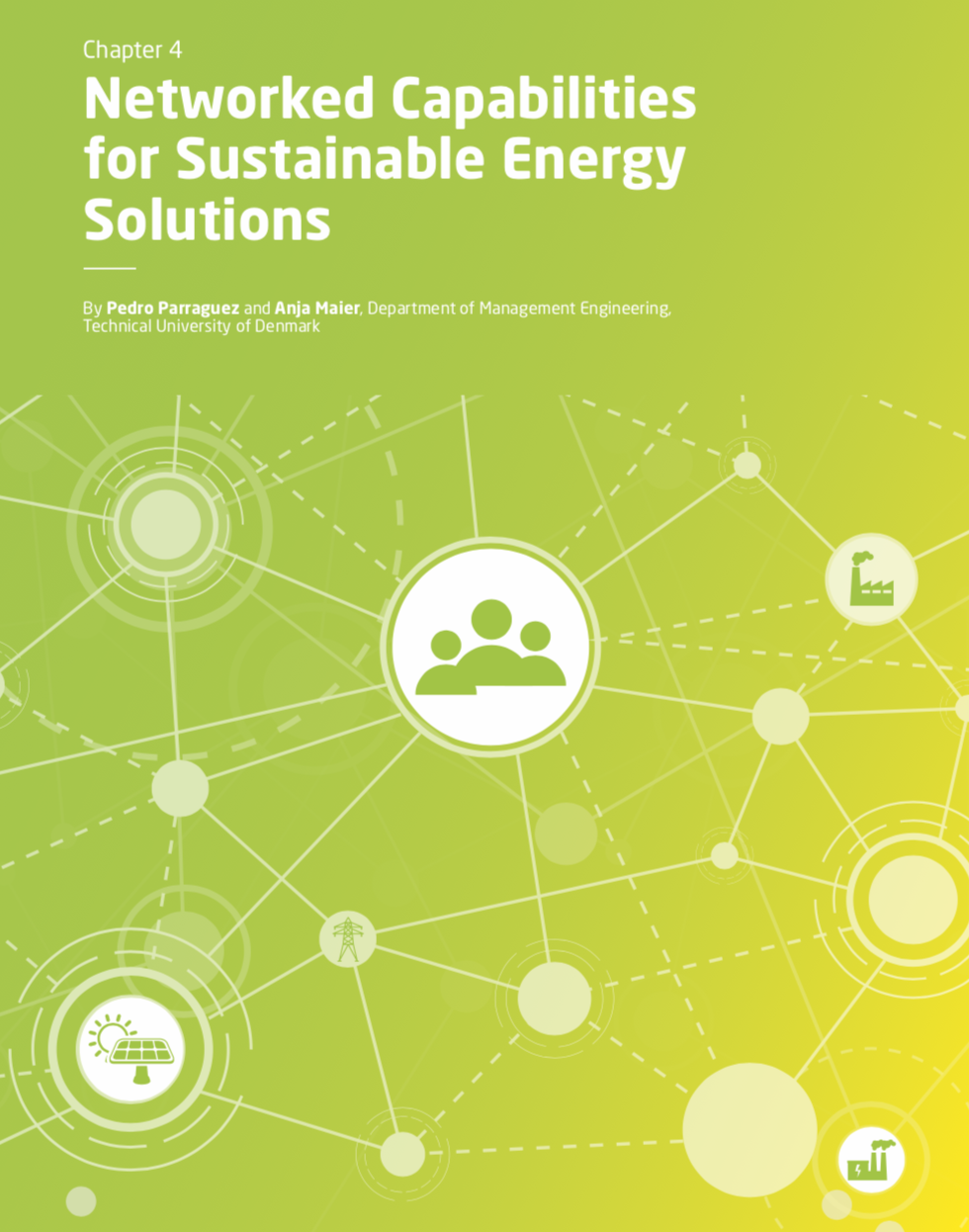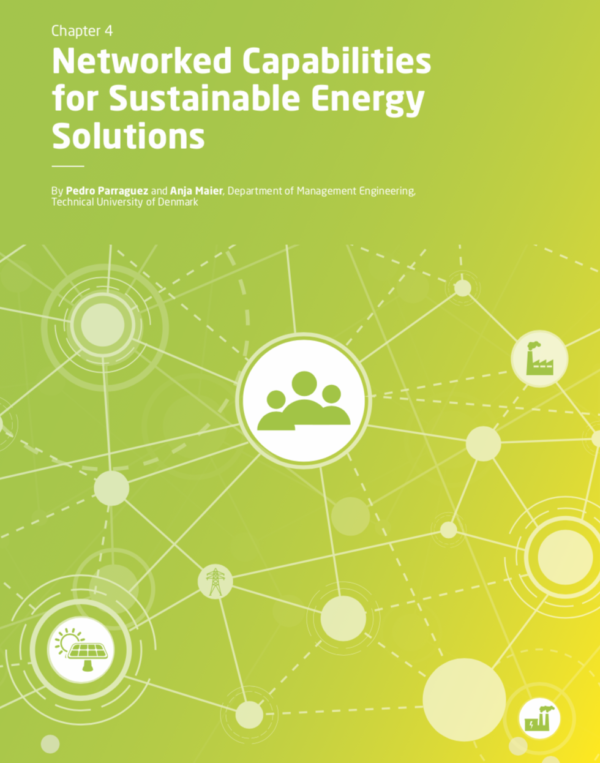Networked capabilities for sustainable energy solutions

P. Parraguez and A. M. Maier, “Networked capabilities for sustainable energy solutions,” in DTU International Energy Report 2018, Copenhagen, 2018.
INTRODUCTION
The research, development and deployment of large-scale sustainable energy solutions are one of the greatest social challenges of our time. Tackling this challenge requires a systems perspective revealing the connections between the wealth of relevant scientific knowledge available across the natural engineering and social sciences. It also requires new approaches to orchestrate and integrate complex systems into uncertain environments while simultaneously taking regulations, economic concerns and changes in human behaviour into account.
The research, development and deployment of large-scale sustainable energy solutions are one of the greatest social challenges of our time. Tackling this challenge requires a systems perspective revealing the connections between the wealth of relevant scientific knowledge available across the natural engineering and social sciences. It also requires new approaches to orchestrate and integrate complex systems into uncertain environments while simultaneously taking regulations, economic concerns and changes in human behaviour into account.
For these reasons, now more than ever we need to leverage and develop further all the potential of R&D ecosystems effectively and efficiently. To do so, we propose to start by understanding the capabilities embedded in existing R&D networks and the connections between the resources and the knowledge that those networks already contain.
To illustrate this with a concrete example, this chapter provides a network overview of the capabilities that are available through DTU’s R&D ecosystem to research, develop and deploy clean energy solutions. To provide this overview, this chapter offers a data-driven system analysis of the eight energy challenges covered in this report. These challenges are inspired by Mission Innovation (2017) and consist of “Smart Grids”, “Off-Grid Access to Electricity”, “Carbon Capture”, “Sustainable Biofuels”, “Converting Sunlight”, “Clean Energy Materials”, “Affordable Heating and Cooling of Buildings” and “Energy Storage”.
KEYWORDS
Capability mapping, Renewable energy, Sustainability

